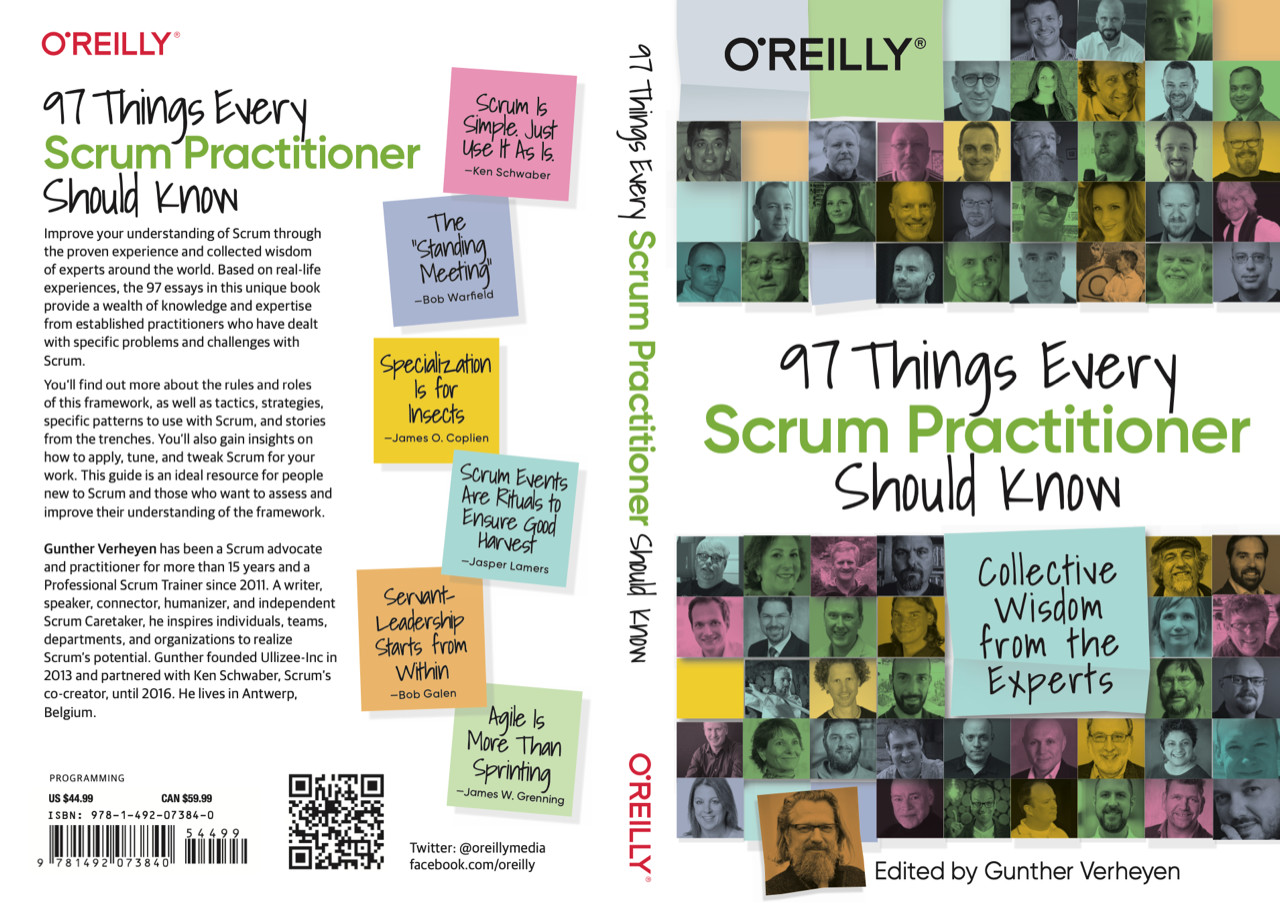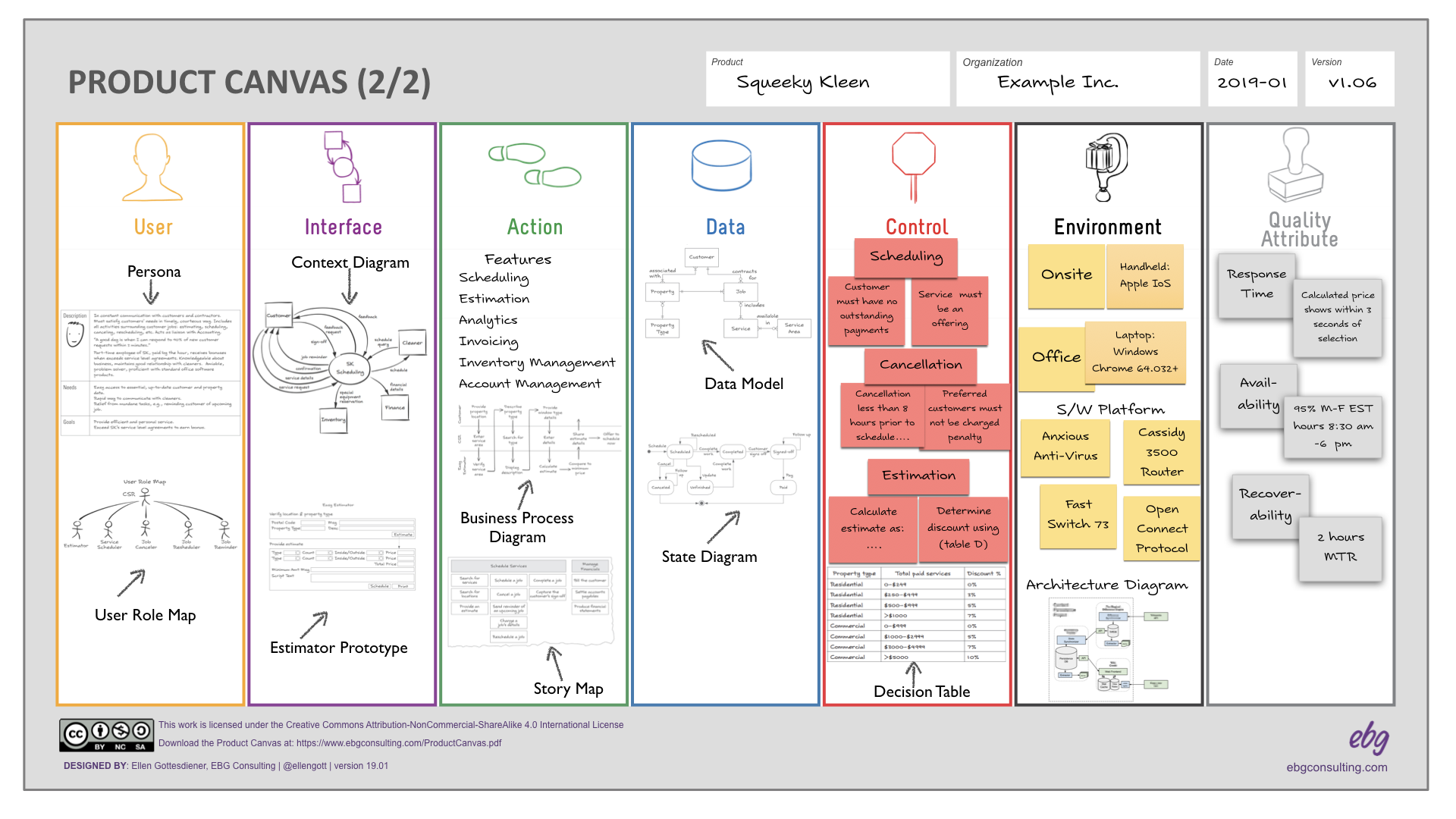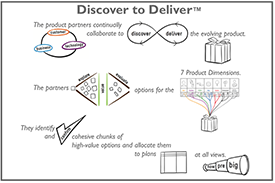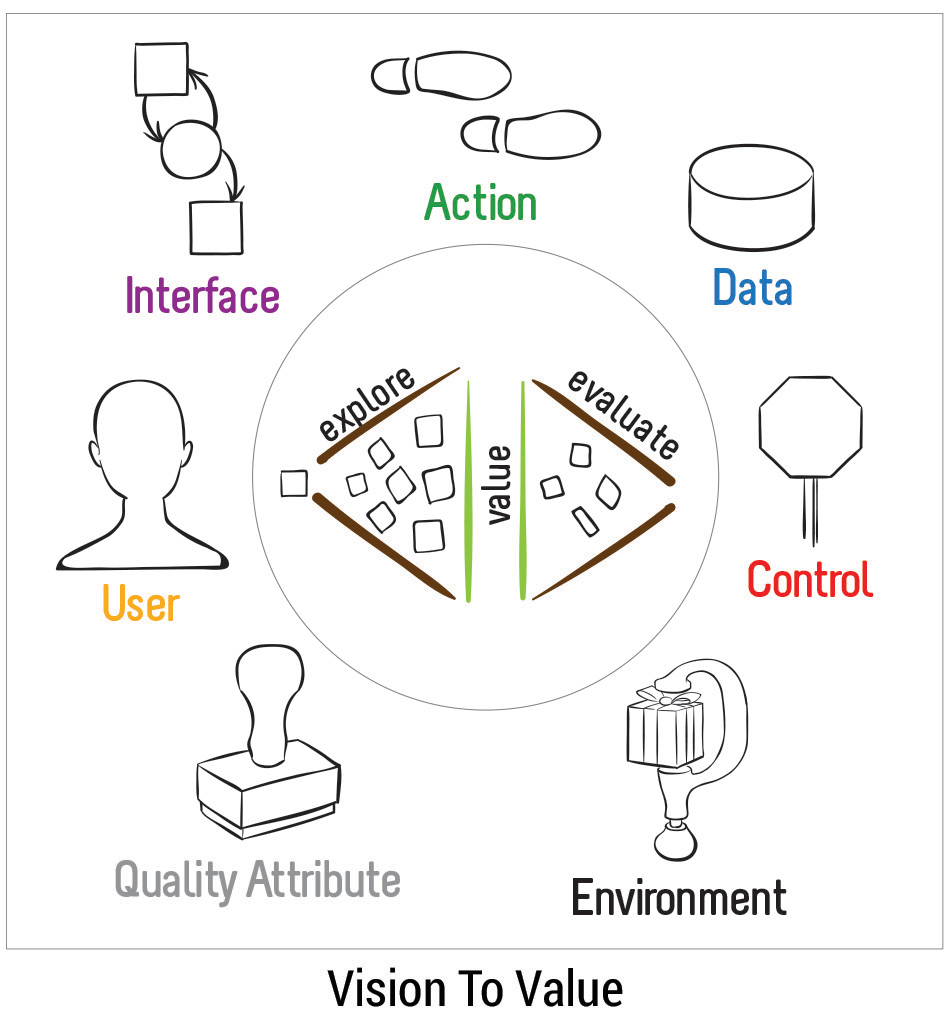Answer This Question: “What is Your Product?”

This essay is part of the book 97 Things Every Scrum Practitioner Should Know, by Gunther Verheyen (editor)
Alice, wandering in Wonderland, said it best. “If you don’t know where you are going, any road will get you there.” This certainly applies to software development teams. Even some of the best Scrum teams can’t answer the simple question, “What is your product?”
Continue reading








 value sooner, can double your productivity, and builds strong collaboration—the backbone of high performance teams. We find that Product Owners and development teams need advanced skills and training in backlog refinement. With a keen focus on value and conducting Structured Conversations using the 7 Product Dimensions, you greatly improve your ability to go from vision to value.
value sooner, can double your productivity, and builds strong collaboration—the backbone of high performance teams. We find that Product Owners and development teams need advanced skills and training in backlog refinement. With a keen focus on value and conducting Structured Conversations using the 7 Product Dimensions, you greatly improve your ability to go from vision to value.